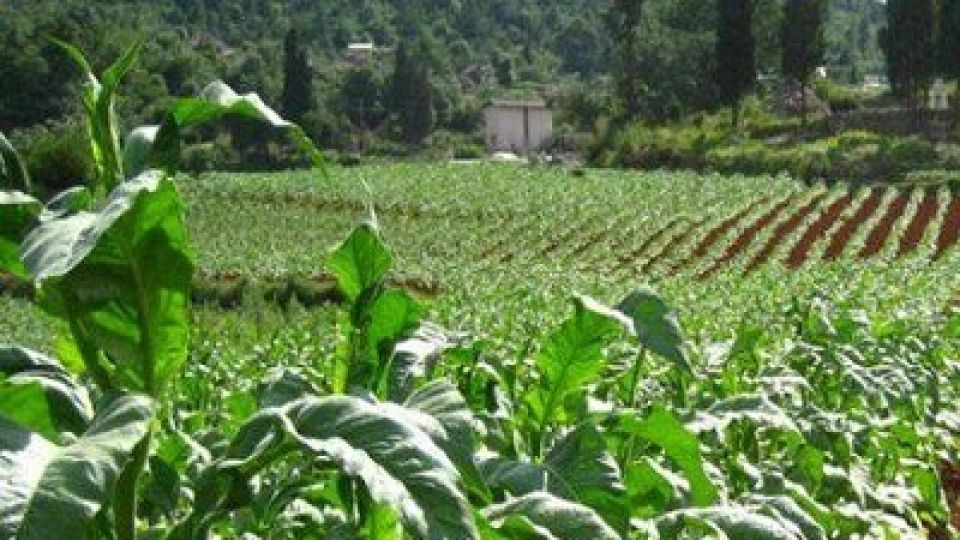by SAVIOUS KWINIKA
JOHANNESBURG, (CAJ News) – SOUTH Africa’s agricultural export expansion drive to Asia should not be at the expense of existing markets, mostly the Southern African Development Community (SADC) regional bloc.
In addition, the country must ensure cordial trade relations with fellow African nations in this drive to broaden its export base.
This is the view of locally-based agricultural expert, Wandile Sihlobo.
Sihlobo, chief economist at the Agricultural Business Chamber (Agbiz), maintained South Africa should expand its markets to Bangladesh, China, India, Saudi Arabia and South Korea but existing markets should not be disregarded.
“We should actively engage with existing markets to promote further growth of exports of South African agricultural products,” the economist stated.
He said the engagement must not only focus on Asia and the European Union (EU) but also on the rest of the African continent.
Statistics indicate the continent remains the largest export market for South Africa’s agriculture.
In 2022, a record year for local agricultural exports, the African continent accounted for 37 percent of US$12,8 billion earned.
Africa has accounted, on average, for 38 percent of South Africa’s agricultural exports by value per annum over the past five years.
Maize is the leading export product.
The leading markets were fellow SADC member states, Angola, Botswana, Eswatini, Lesotho, Mauritius, Mozambique, Namibia, Zambia and Zimbabwe.
Nigeria, in the West, was the other market.
Sihlobo noted SADC’s Free Trade Area had benefited South Africa greatly.
“Moreover, these markets’ infrastructure and proximity advantage contributes to the concentration of South African agricultural exports to this region.”
Sihlobo said as South Africa advanced the trade relationship with SADC and the rest of the continent, he however insisted the government industry must keep warm relations.
Such an approach, he said, would help to avoid erroneous policy decisions, such as what Namibia and Botswana did in 2022 by blocking vegetable imports from South Africa.
The policy action negatively affected the South African farmers that had increased production in anticipation of the regional demand.
Simultaneously, consumers in Botswana and Namibia were also left with little choice as their typical supplies were suddenly out of the shelf.
“Through close collaboration with the regional business community and government, we would address trade concerns without drastic steps by the neighbouring countries, which understandably want to prioritise the interests of local producers and consumers,” said Sihlobo.
Meanwhile, demand for South African agricultural products are projected to increase in the 2023/24 marketing year within the African continent.
This is from SADC, as the Famine Early Warning Systems Network reported dry and hot weather conditions in earlier 2022/23 negatively impacted crops in Angola, Madagascar, Mozambique and Zimbabwe.
Kenya could also be a viable market amid estimates from the United States Department of Agriculture placing the East African country’s 2023/24 marketing year maize imports at 750 000 tonnes.
– CAJ News

